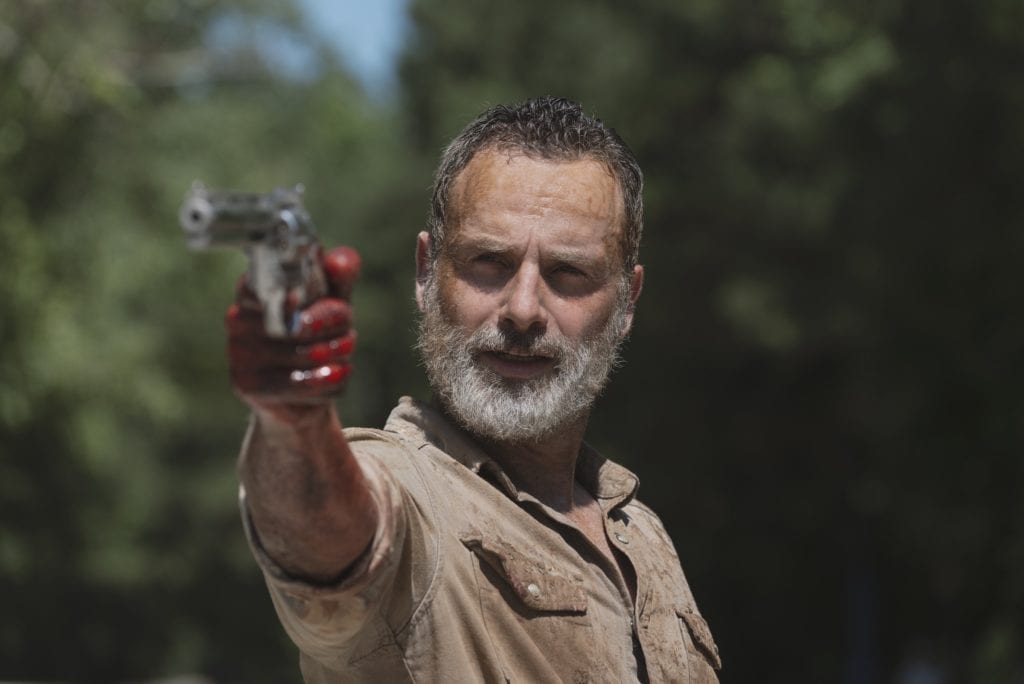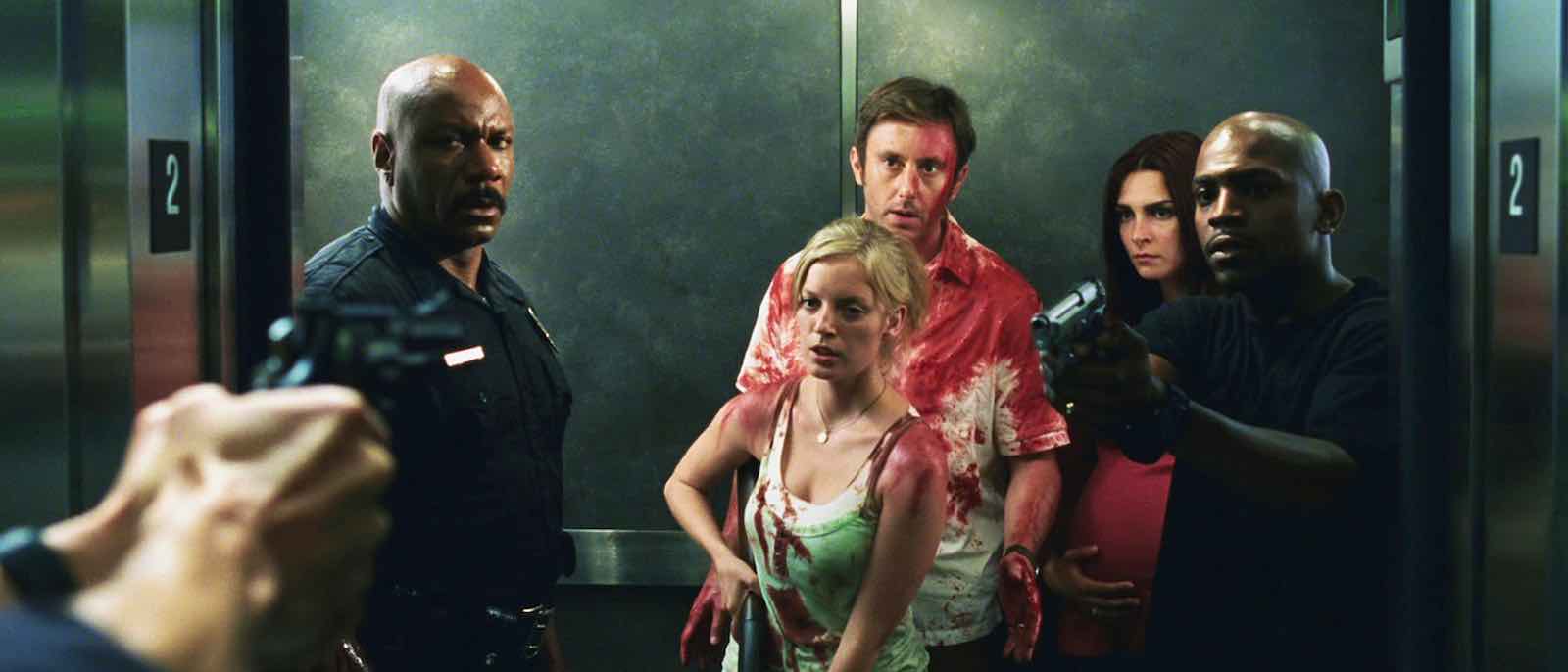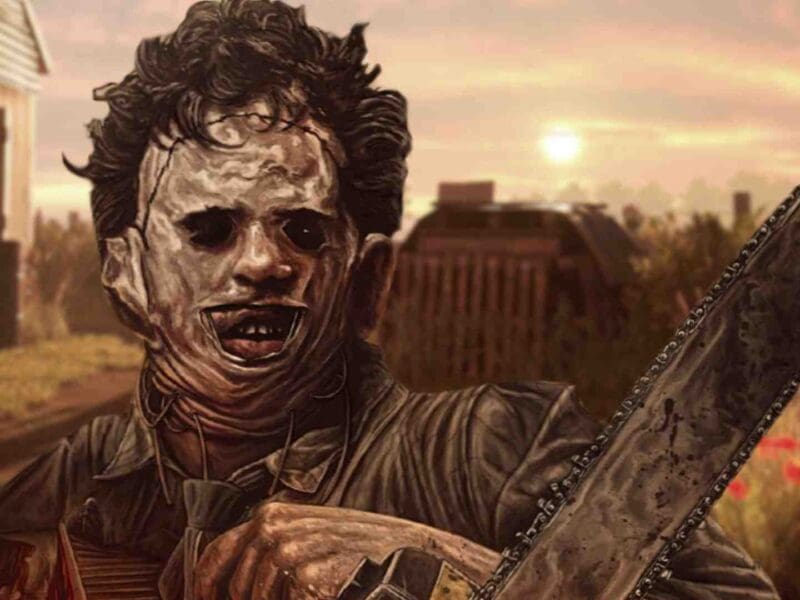
Why slow zombies slay their fast counterparts
We revisit herewith our analytical article from May, Zombie Awareness Month. Have you really thought through your mindless undead theory? Find out below.
—
Zombies are all fun and games, but did you know they might be a legit threat? May is Zombie Awareness Month and while that might sound like a cause as fictional as most people perceive the undead to be, it actually exists to help educate the public on what to do should a potential zombie outbreak happen in the near future.
Organized and funded by The Zombie Research Society (a group of people dedicated to the scientific, historic, and cultural study of the living dead), Zombie Awareness Month could be your ticket to survival should Sharon from accounting stagger into your office anytime soon with a taste for brains.
Alternately, the month could just be a fine excuse for a zombie movie marathon – the choice is yours. However, in the event that an actual zombie apocalypse should start tomorrow, the shuffling hordes could help settle an ongoing debate that has infuriated horror fans for decades: fast or slow zombies?
Slow or fast? The differing threat of the undead
The classic zombie is that of the slow, shuffling kind. We’re talking the dim-witted deadites of George A. Romero’s influential Living Dead series of movies who are exactly as lethargic as you’d imagine a reanimated corpse to be. So long as you can outpace the suckers, they don’t really pose much of a threat, but once they grow from a handful to a horde, they become a monster to be reckoned with.
In his book Scare Tactics, John Russo (co-writer of Night of the Living Dead) explained this was part of their monstrous appeal. “We made our zombies into cannibals – eaters of human flesh. And in our movie there were lots of them. They were weak and slow – moving as individuals, but they had strength of numbers on their side.”
As horror movie monsters go, the slow zombie is the most easy to ridicule. If large groups of expired humans isn’t something that fills you with dread, where’s the terror in a bunch of limping corpses who, by all accounts, should be easy enough for the average able-bodied person to swerve? Danny Boyle, director of 28 Days Later and arguably one of the reasons why fast zombies exist, once stated he thought slow zombies are “a bit daft” for this very reason.

“I used to joke, ‘You can just walk away from them. Why does everyone panic? A quick-tempo walk and you’re free! It’s not a problem.’” After screenwriter Alex Garland introduced him to a script about “running zombies”, his thoughts on the undead quickly changed and in 2002, 28 Days Later happened. Arguably, the movie changed the genre forever.
Sprinting is scary, but it’s also stupid
Two years later, Zack Snyder’s remake of Dawn of the Dead was released, continuing the trend for the living dead to become athletic and rabid, and in 2009 Ruben Fleischer’s Zombieland hit the big screen with scores of energetic zombies leaping around the US for some humans to snack on. Fast running zombies also appeared in videos games like Left 4 Dead and the disastrous adaptation of Max Brooks’s World War Z.
These zombies all sprint quicker than the majority of us can handle on our best days with an actual pulse, but are they really so awful? According to Romero, yes they are. Stating “I don’t get it, and I don’t like it” when asked about the new school of zombies who are more like track and field jocks than shambling carcasses, Romero’s argument was a reasonable one.

“I just did this interview about Left 4 Dead 2; the speed and the way they’re crawling on the walls, it’s like Blade. It drives me crazy, but I think that filmmakers think that’s what you have to do to please that (audience). So we’ve got fast zombies, and almost in order to justify that, it’s ‘Let’s make it a rage thing, or a virus.’
They’re not dead. I don’t get that whole evolution . . . I prefer these plodding, lumbering guys from whom you can easily escape unless you fuck yourself up somehow and are too stupid to do the right thing. That’s just more fun for me.
Cynical marketing and defying basic horror logic
Simon Pegg – co-writer and star of zombie comedy Shaun of the Dead – also wrote an impassioned op-ed for The Guardian in 2008 that criticized sprinting zombies for being “bereft of poetic subtlety”. Speaking out against the proclivity of the fast zombie after seeing them in Charlie Brooker’s zombie apocolypse Big Brother dramedy Dead Set, Pegg found fault with the basic logic at the root of the fast zombie.
“The best phantasmagoria uses reality to render the inconceivable conceivable. The speedy zombie seems implausible to me, even within the fantastic realm it inhabits . . . Death is a disability, not a superpower. It’s hard to run with a cold, let alone the most debilitating malady of them all . . . The zombie trumps all (other monsters) by personifying our deepest fear: death.
Zombies are our destiny writ large. Slow and steady in their approach, weak, clumsy, often absurd, the zombie relentlessly closes in, unstoppable, intractable.

Offering his opinion that the fast zombie trend of the early 00s was introduced “likely at the behest of some cigar-chomping, focus-group-happy movie exec desperate to satisfy the MTV generation’s demand for quicker everything – quicker food, quicker downloads, quicker dead people,” it’s hard not to sympathize with Pegg’s point and to map why exactly fast zombies have fallen back out of favor with audiences.
For example, on The Walking Dead and its sibling show Fear the Walking Dead, the zombies (or “walkers” as they’re termed) are slow and plodding. Some of them are so decomposed, they’re trapped to the one spot, a mush of rotten flesh where their legs should be and yet, they’re still a tangible threat.
If not physically then certainly emotionally, offering a daily reminder of mourning for the loved ones lost and a ghoulish memento about the inevitable fate of each character.
Humanity at its worst
In both The Walking Dead and Fear the Walking Dead, it isn’t the rambling deceased who offer the biggest challenges to daily survival – it’s the living. Had these shows have used sprinting zombies instead of slow ones, they’d be telling a completely different story, one that substitutes the shortcomings of humanity for the unstoppable violence of the supernatural.
Zombies are scary, sure, but the living are scarier. In his assertion of why the slow zombie isn’t scary, Boyle clearly missed the point.

Of course the sluggish lackadaisical zombie isn’t a threat on an individual basis, but delve deep into Romero’s original zombie series and you’ll see that humans were always the real monsters. In Night of the Living Dead, a shocking finale cements the film’s underlying social commentary about racism; Dawn of the Dead, set in a mall, offers a satirical takedown on the braindead depravity of consumerism; and Day of the Dead explores the dangers of the misuse of military power.
They didn’t need sprinting zombies setting new olympic records before feasting on someone’s jugular, because their core message isn’t fixated on the monster but the people. These movies offer a reflection of us at our absolute worst; slow, stupid, and driven by primal urges. It’s not graceful or pretty, but it’s undoubtedly human.







